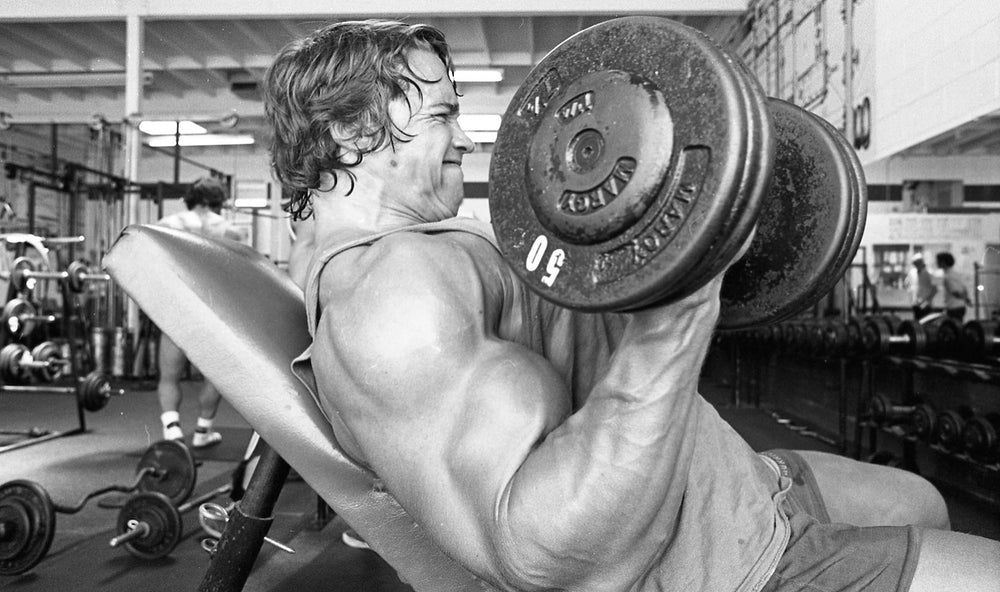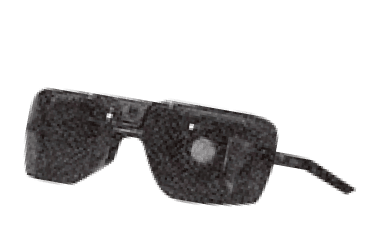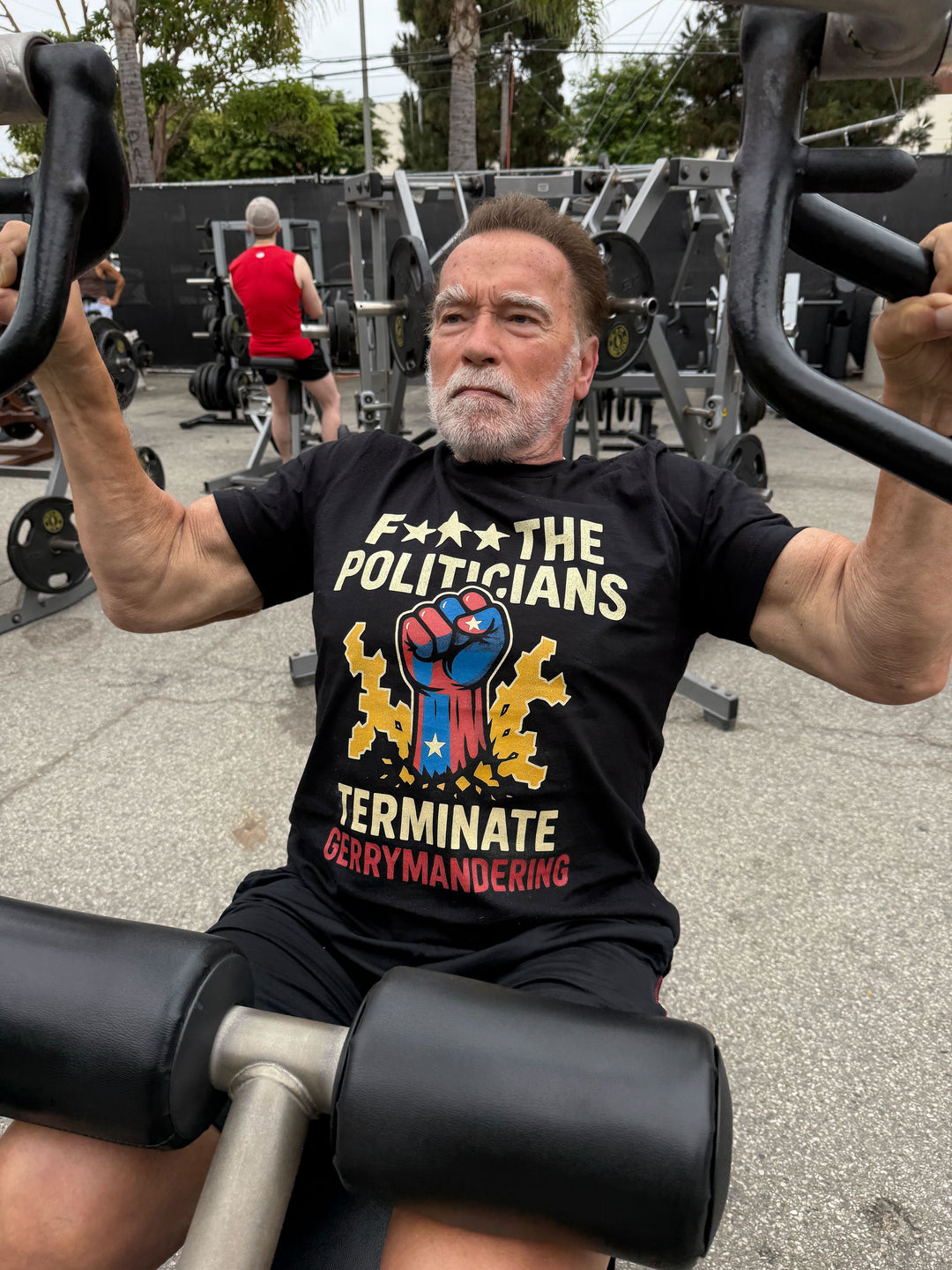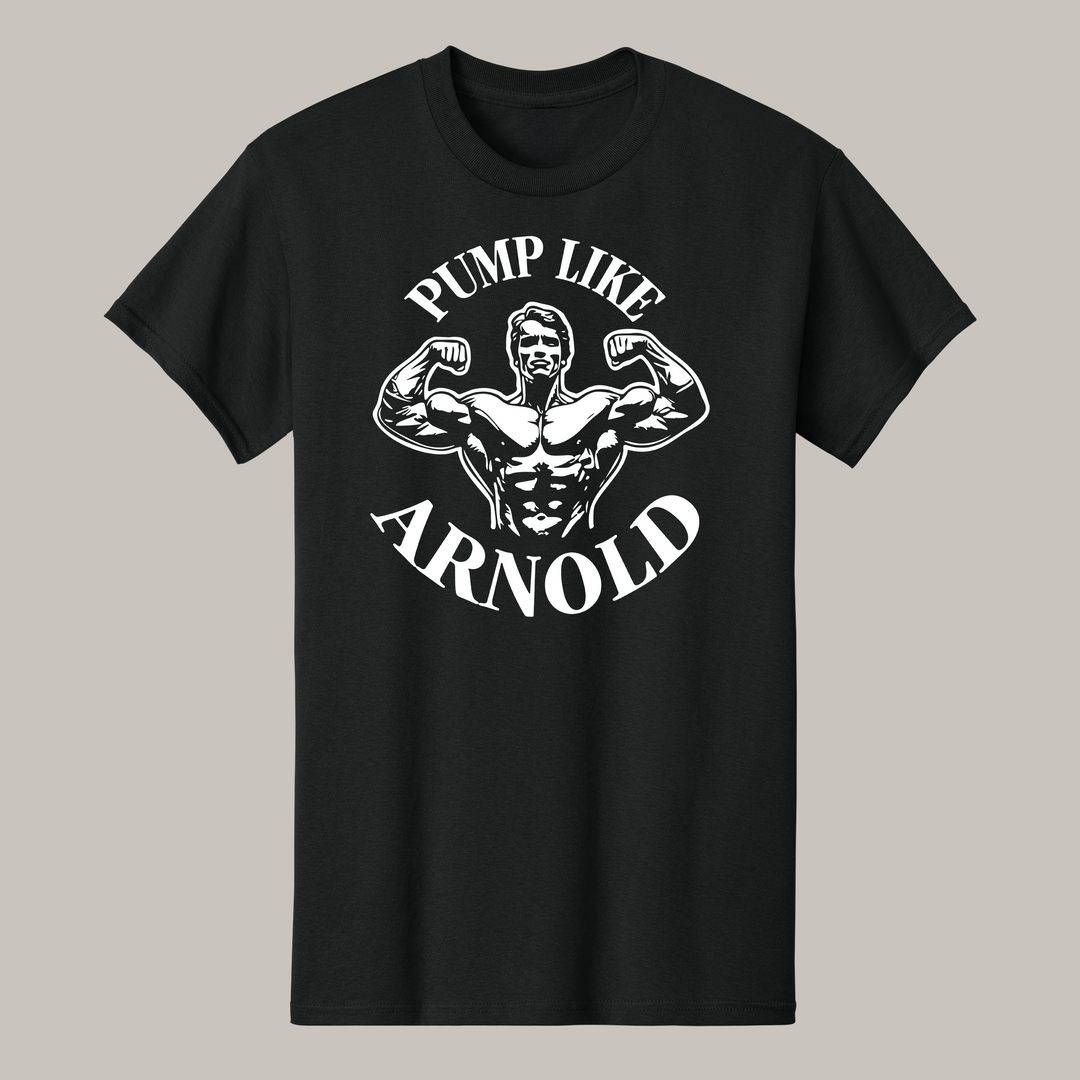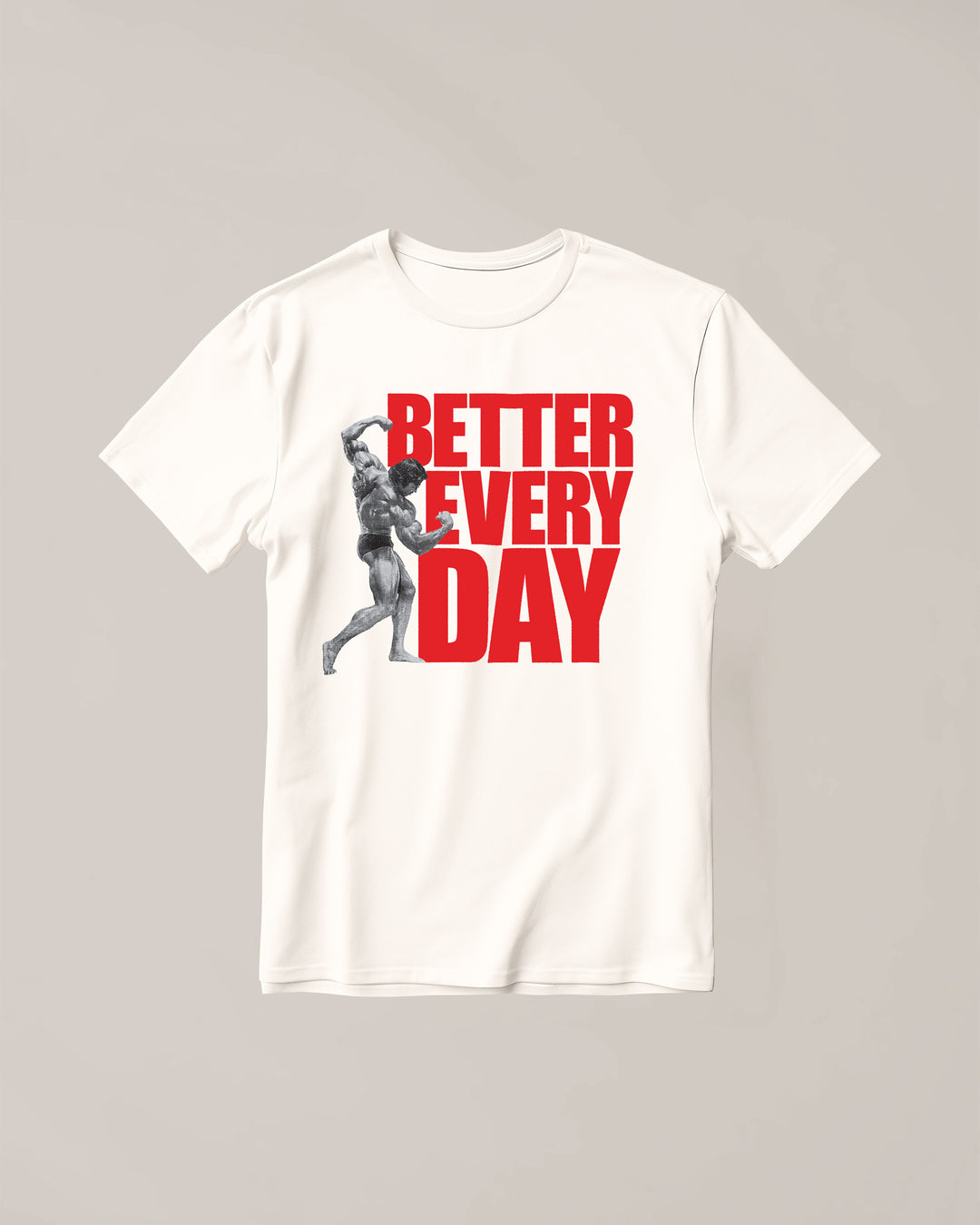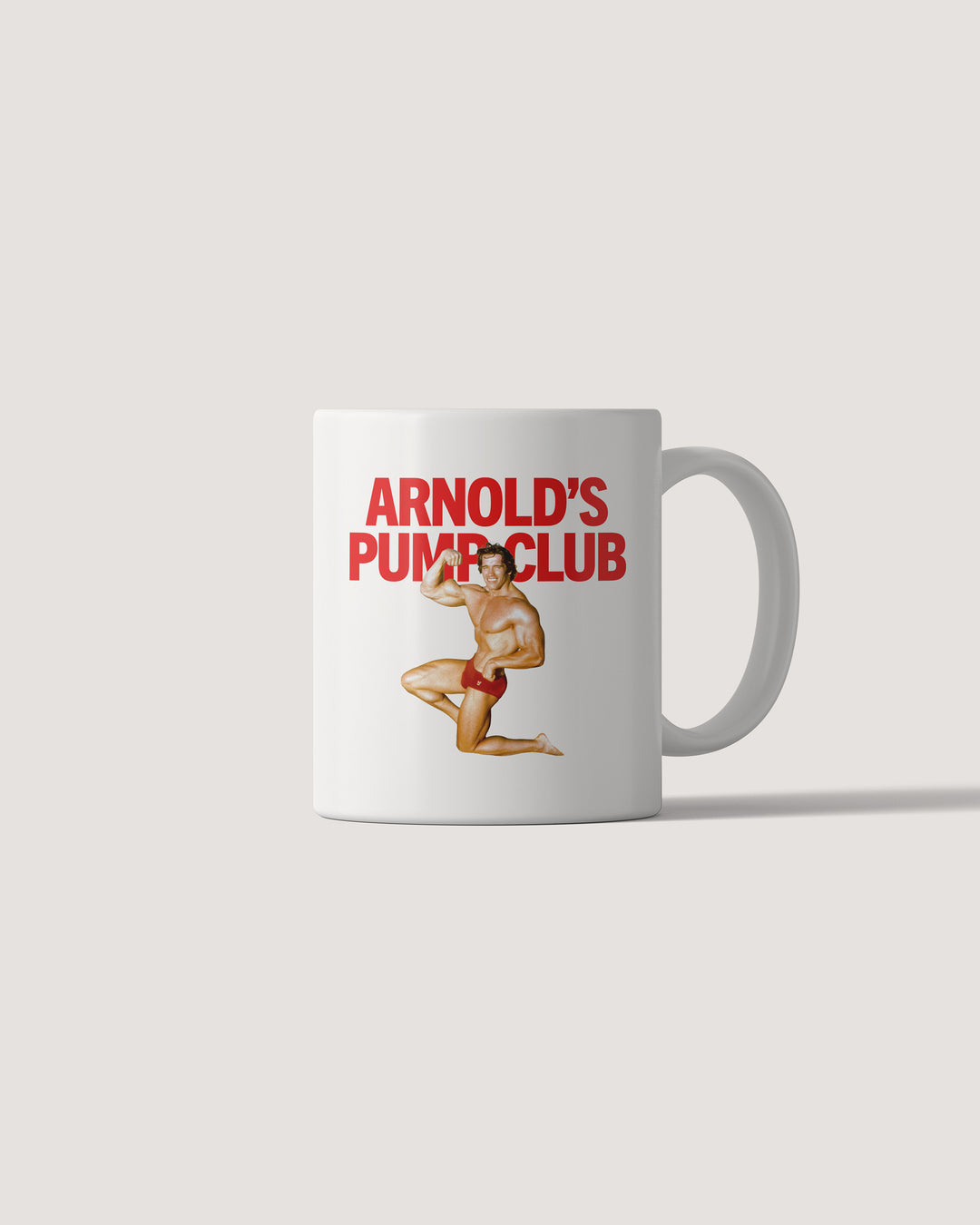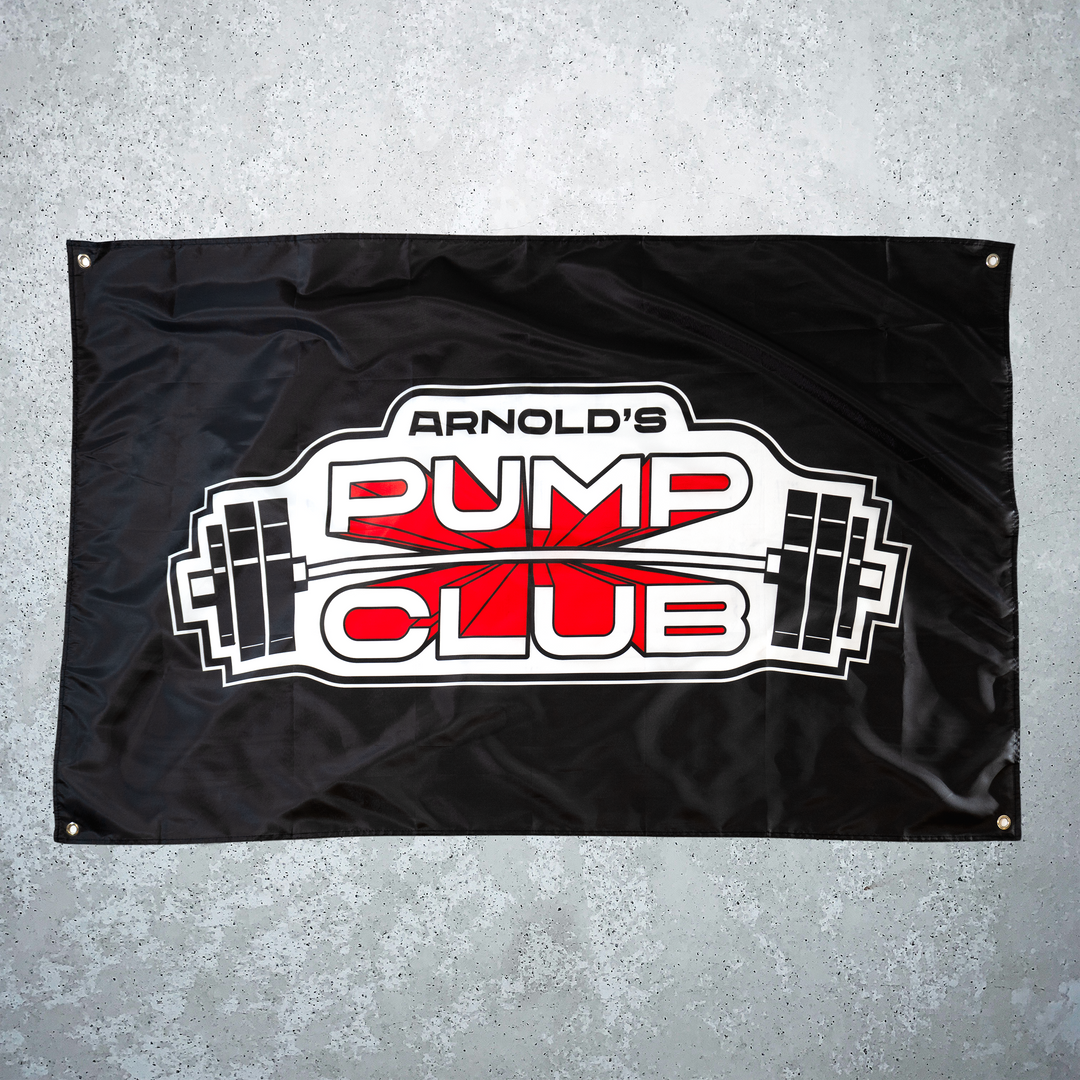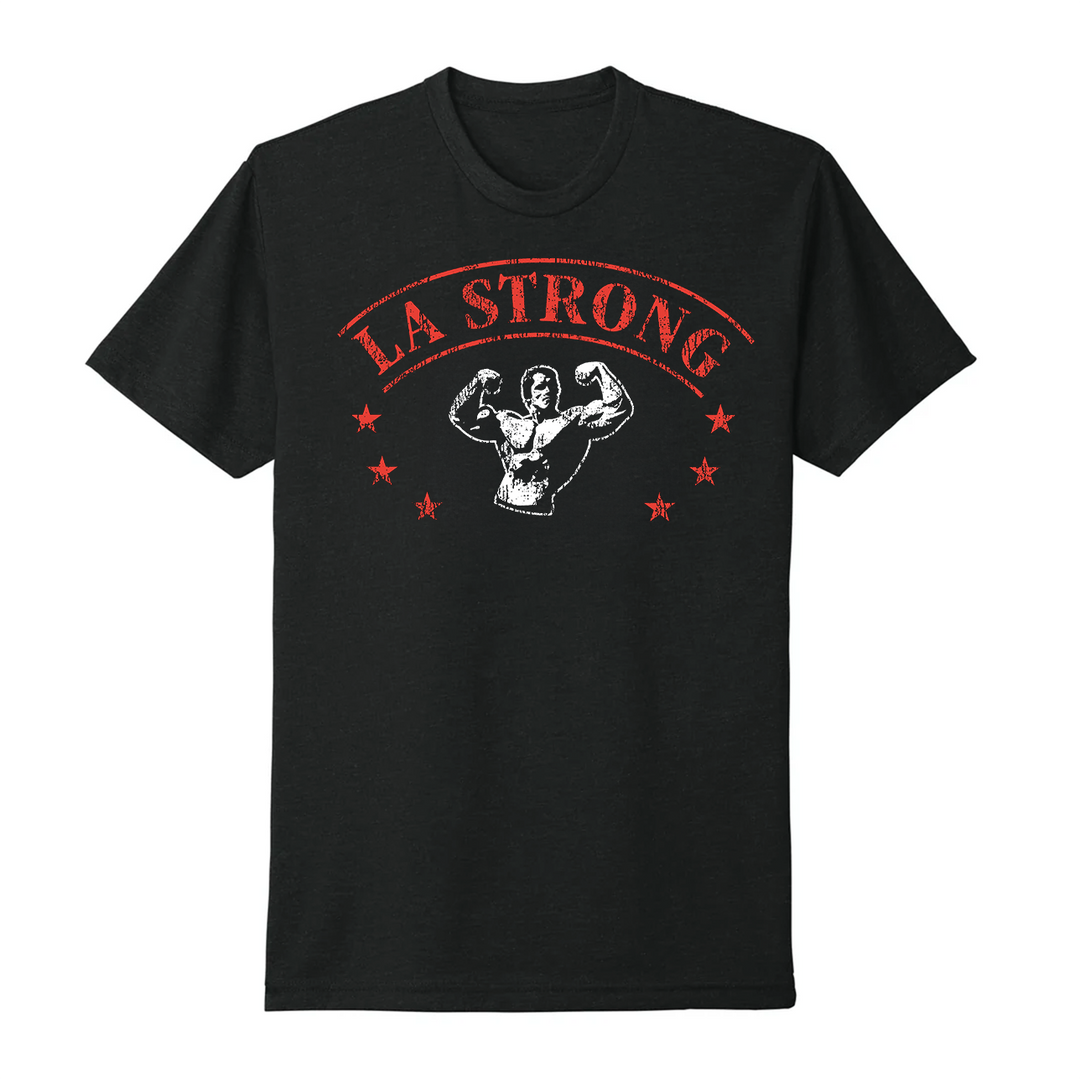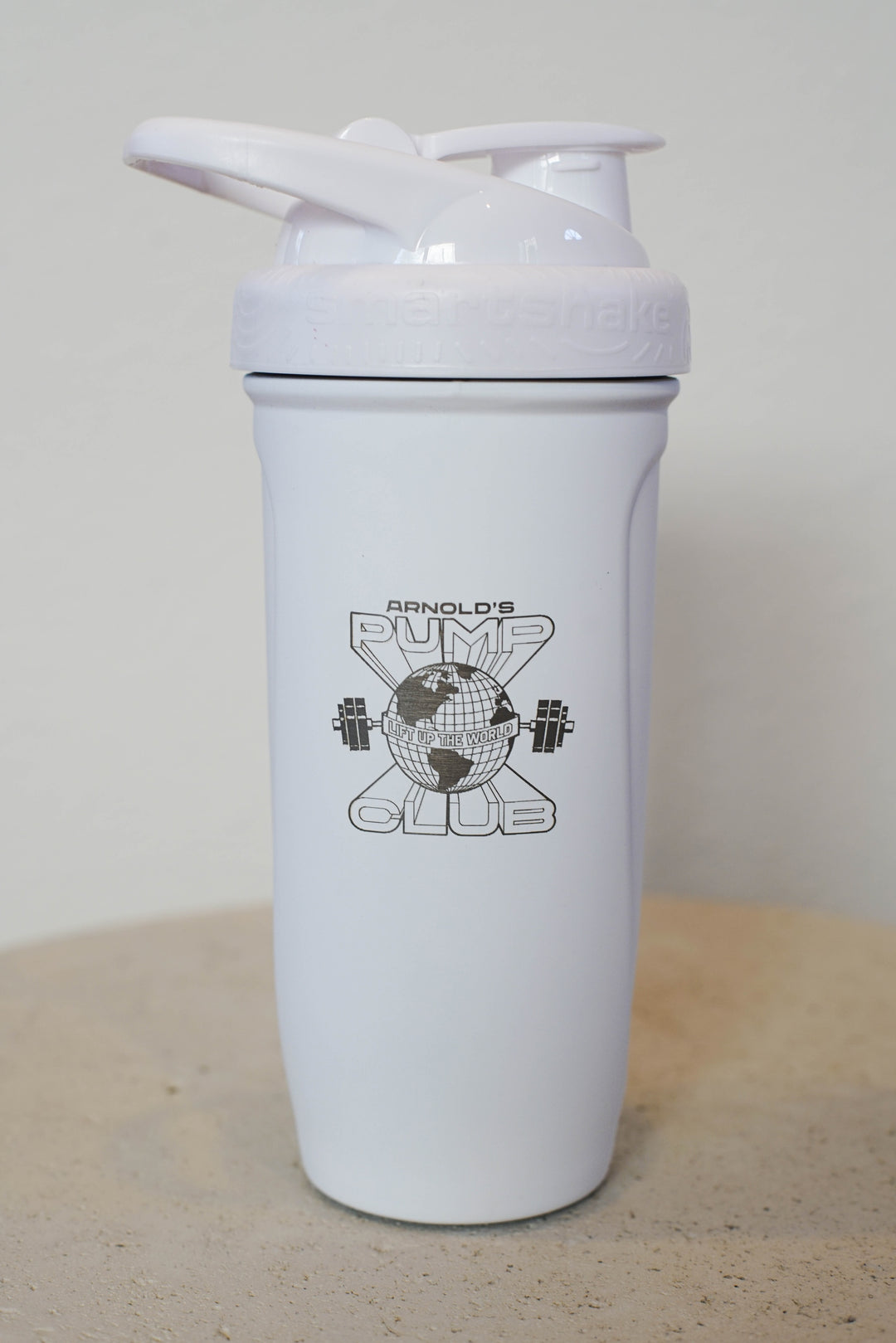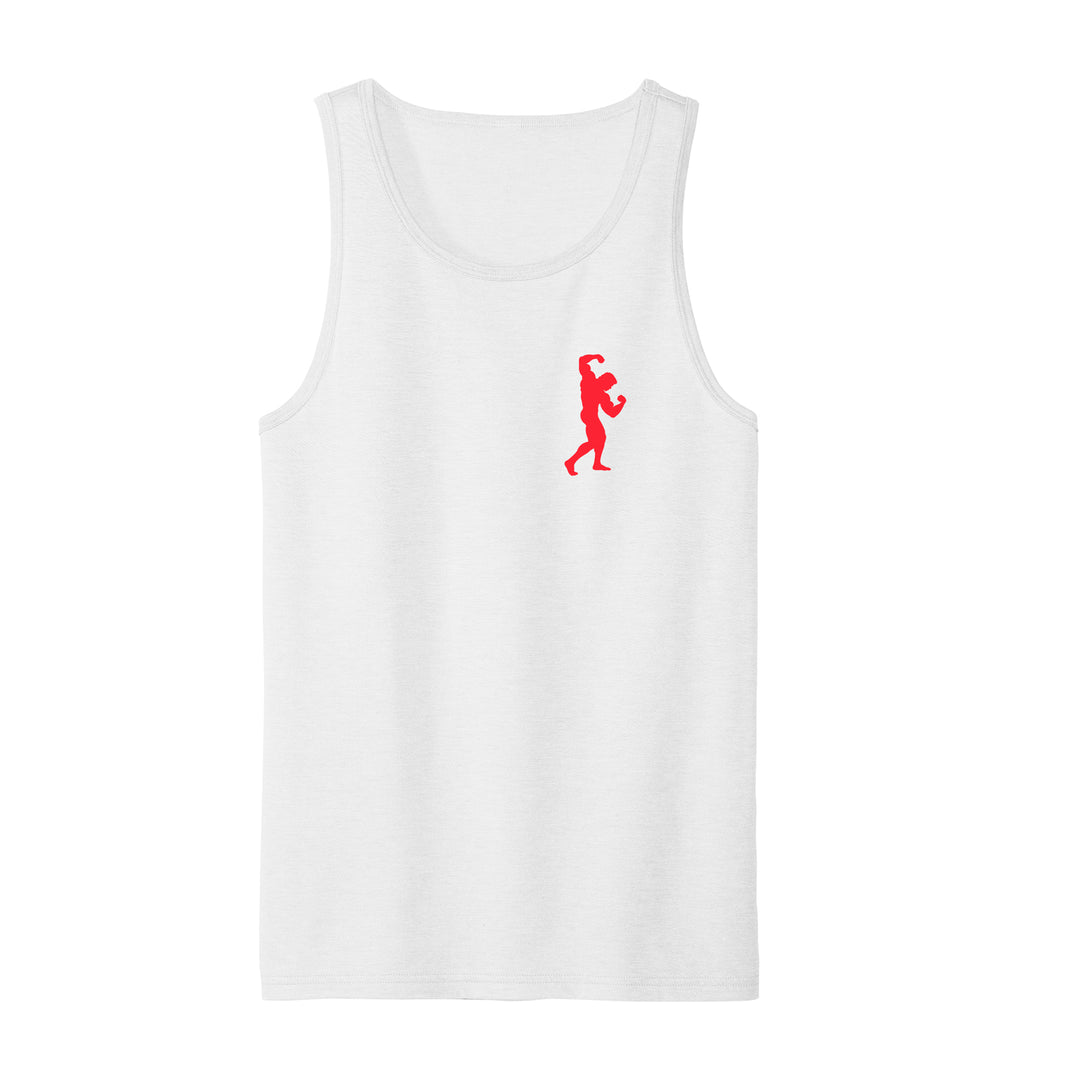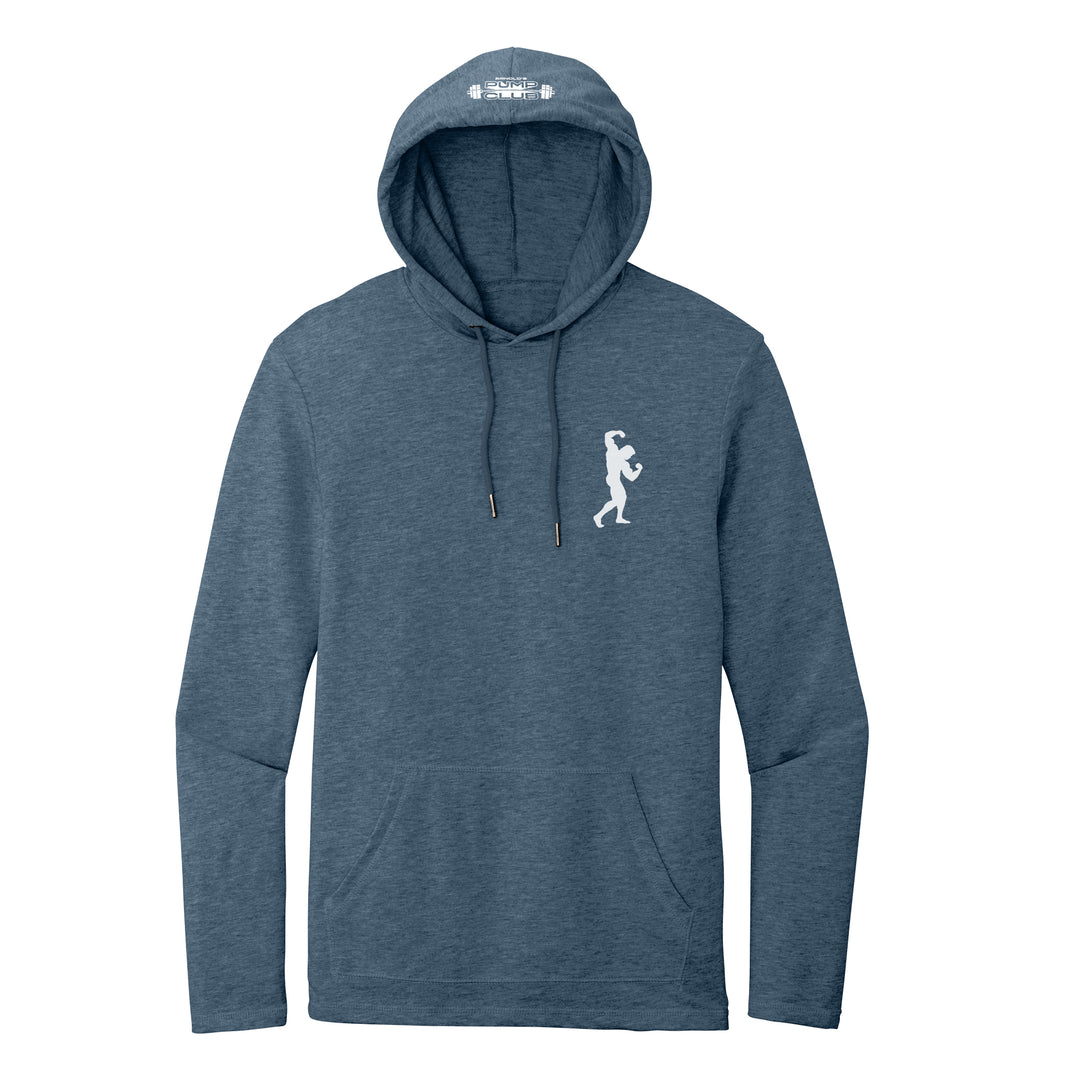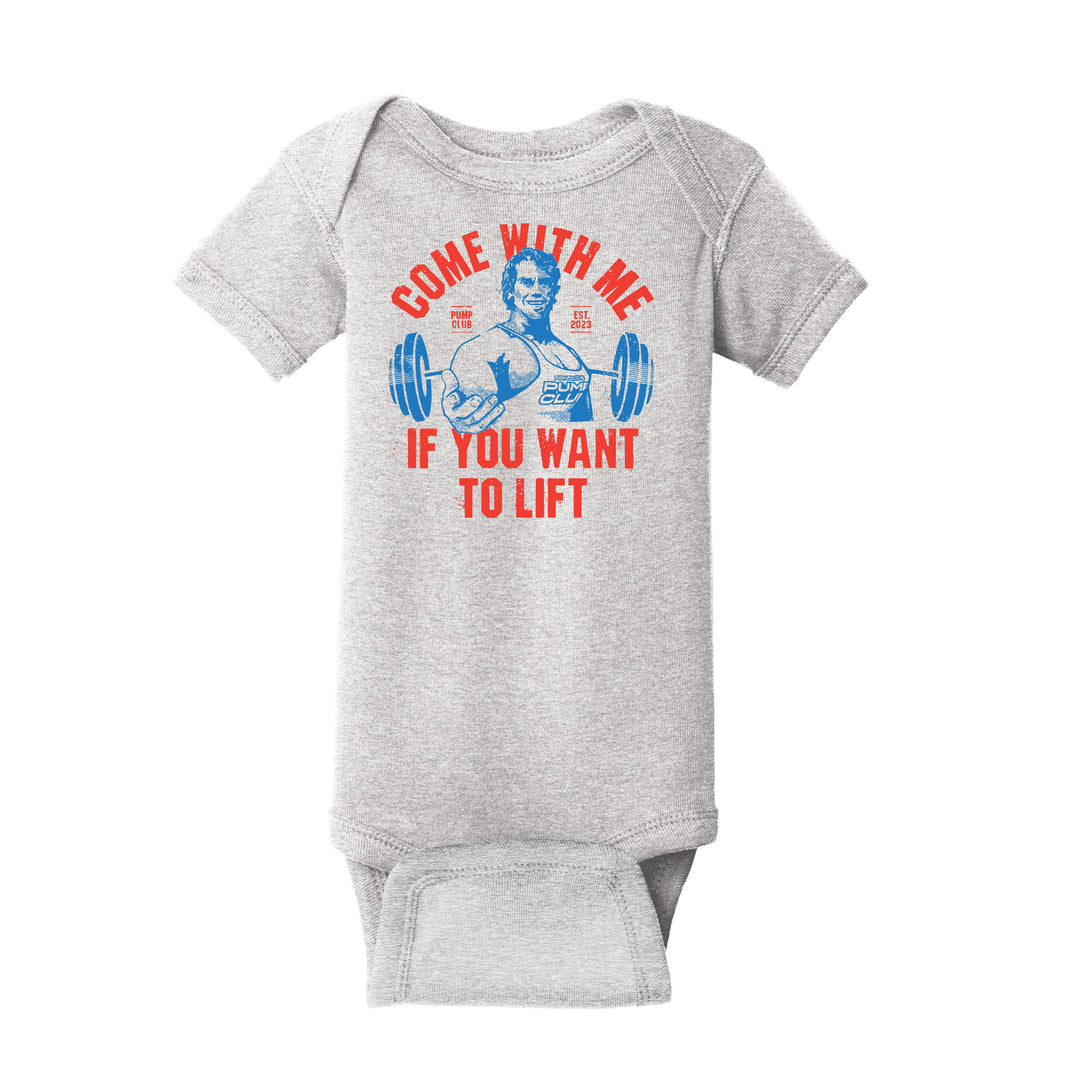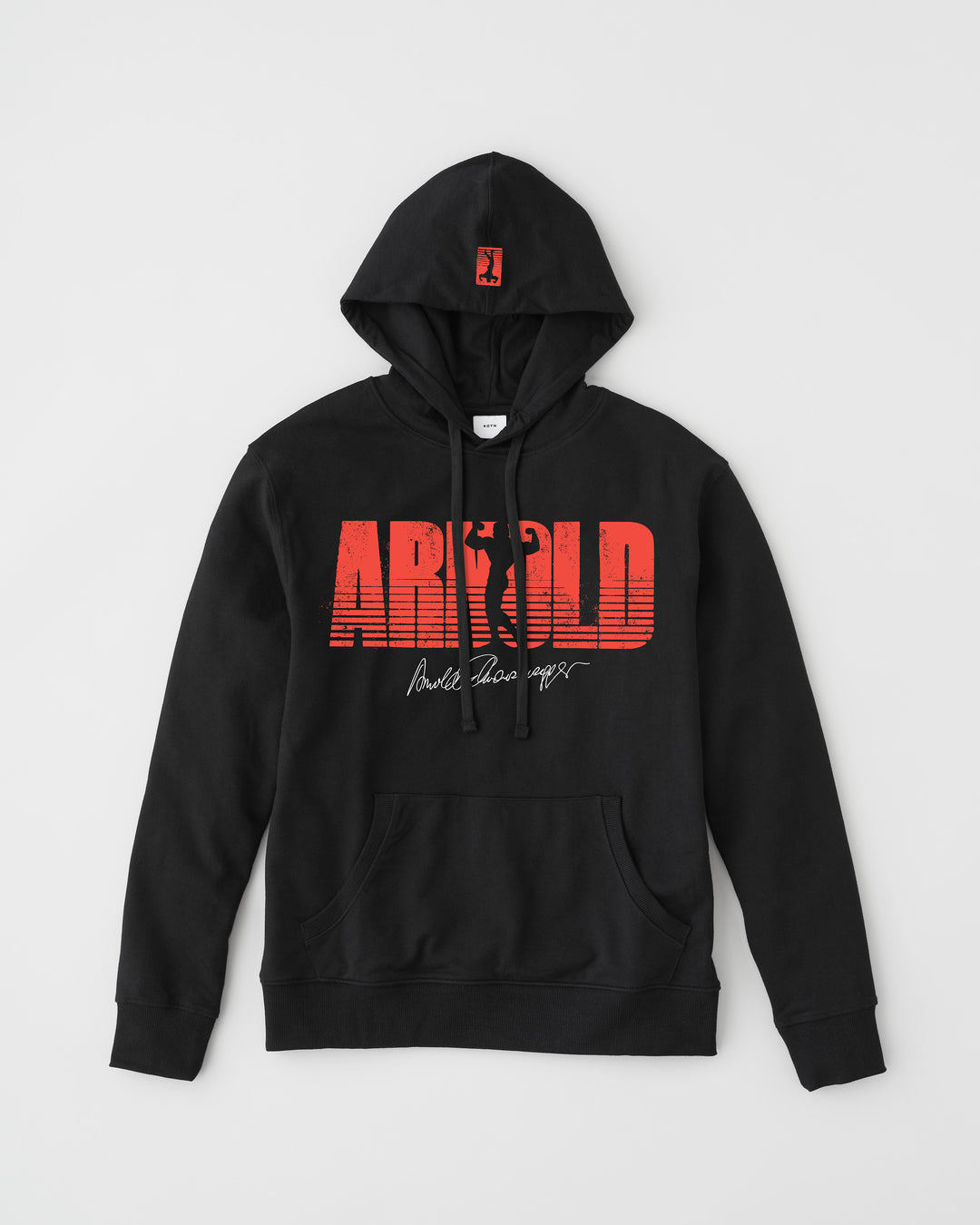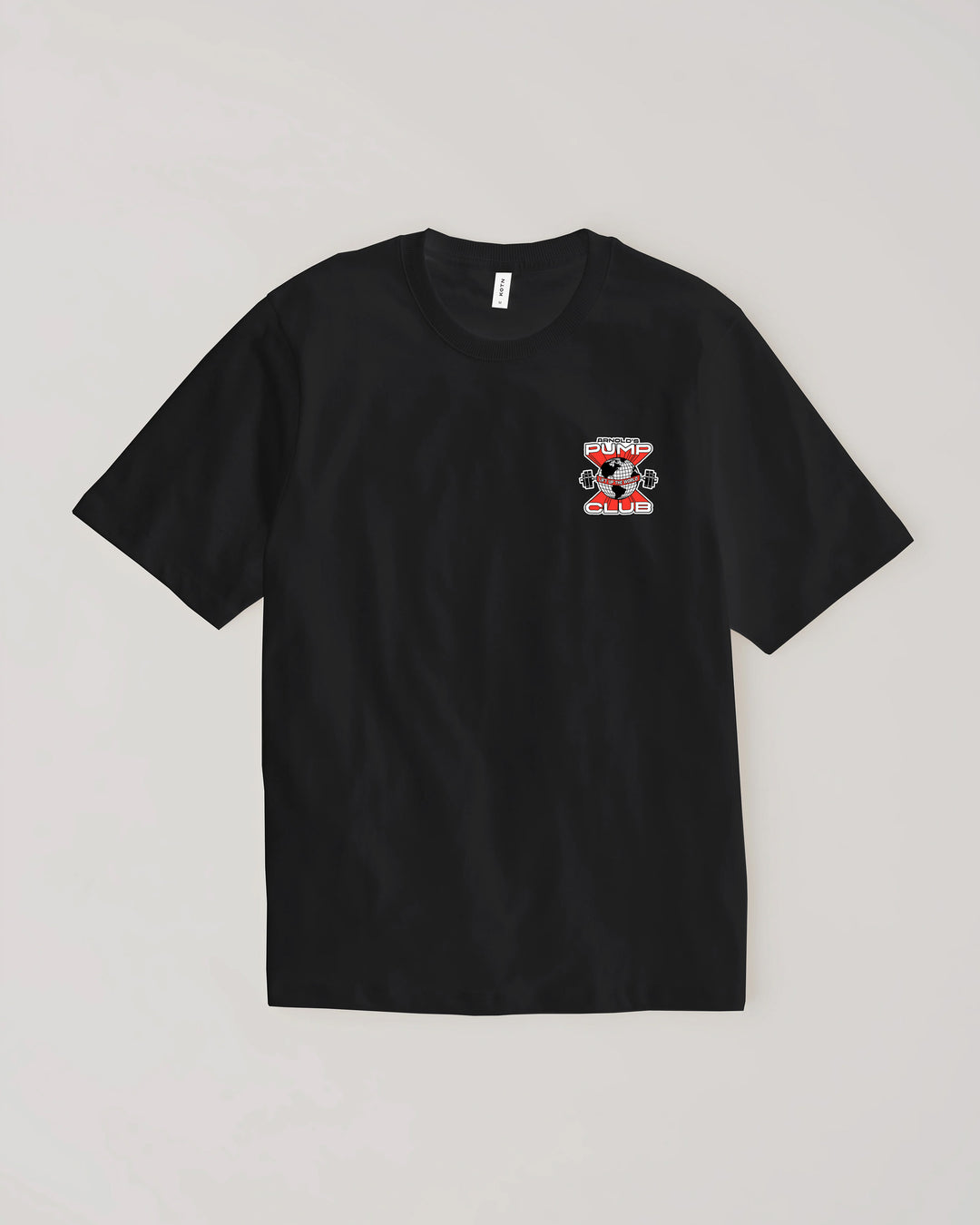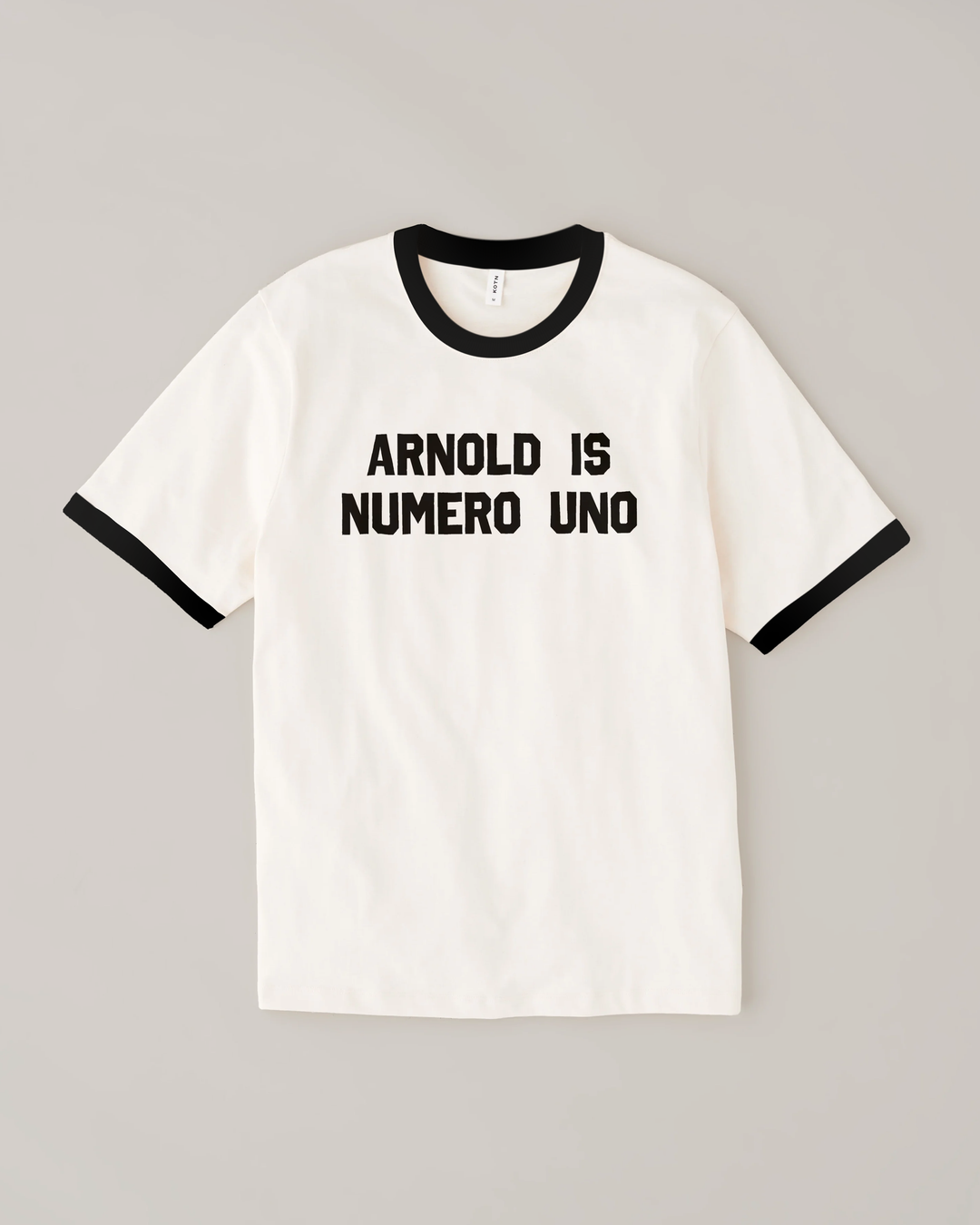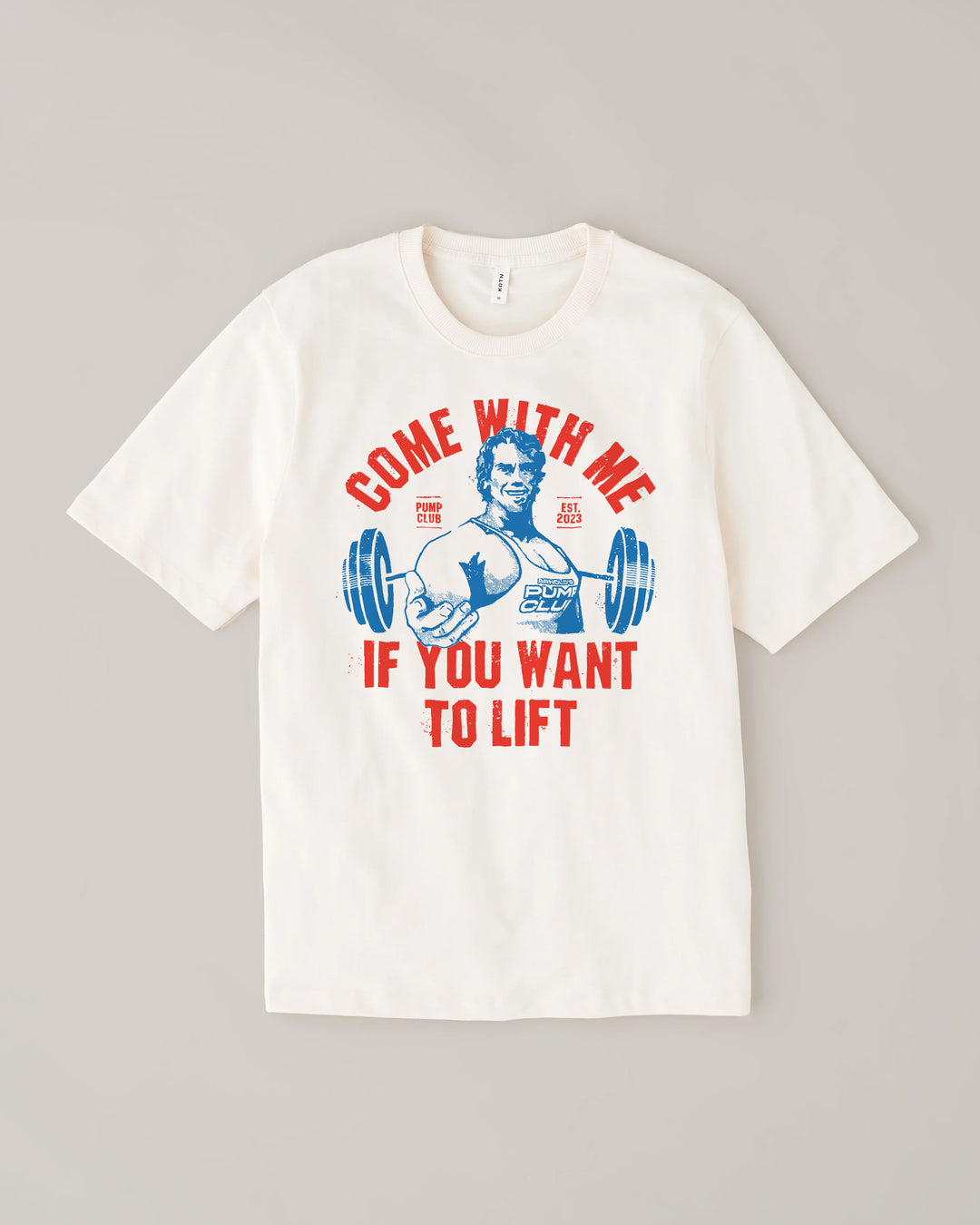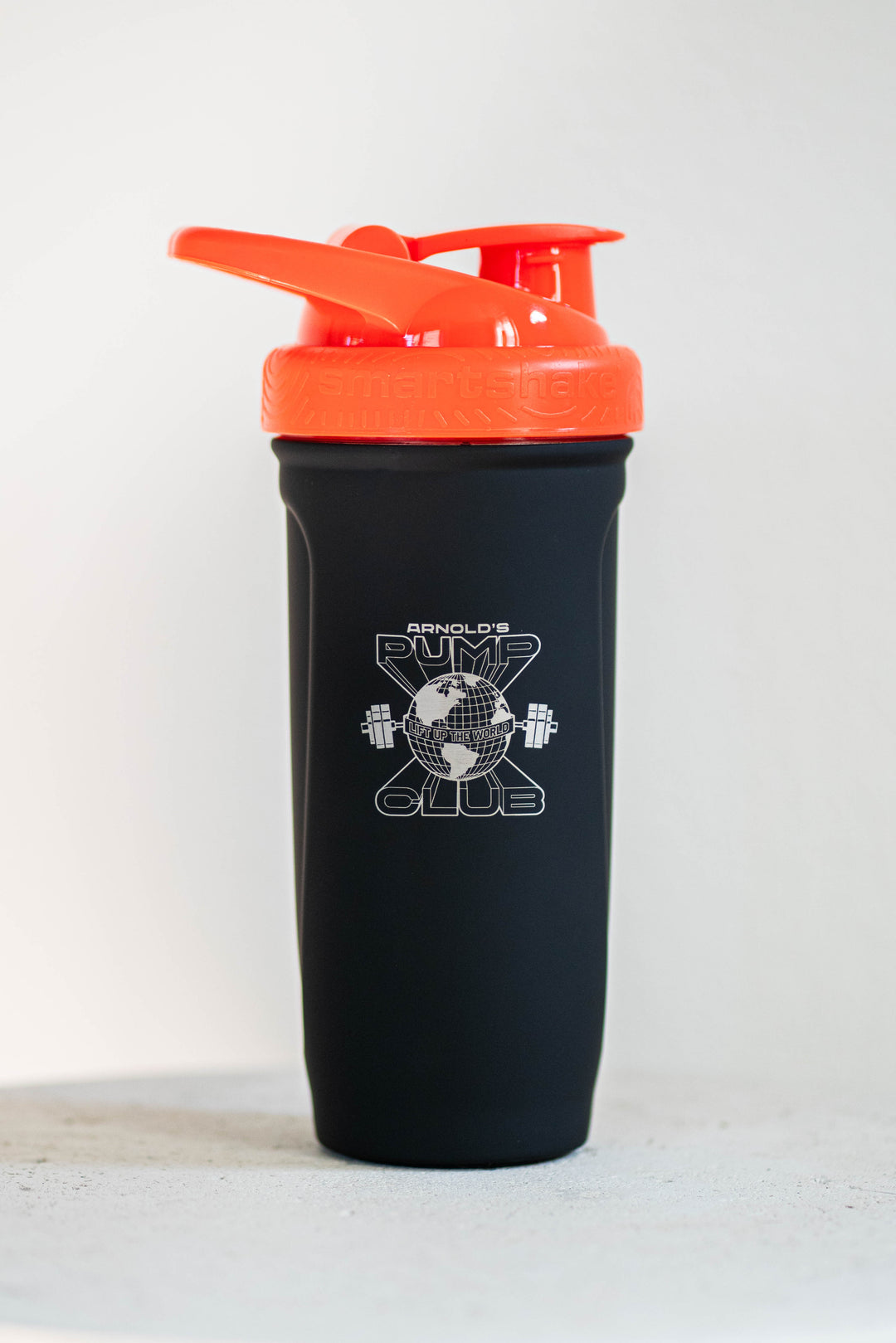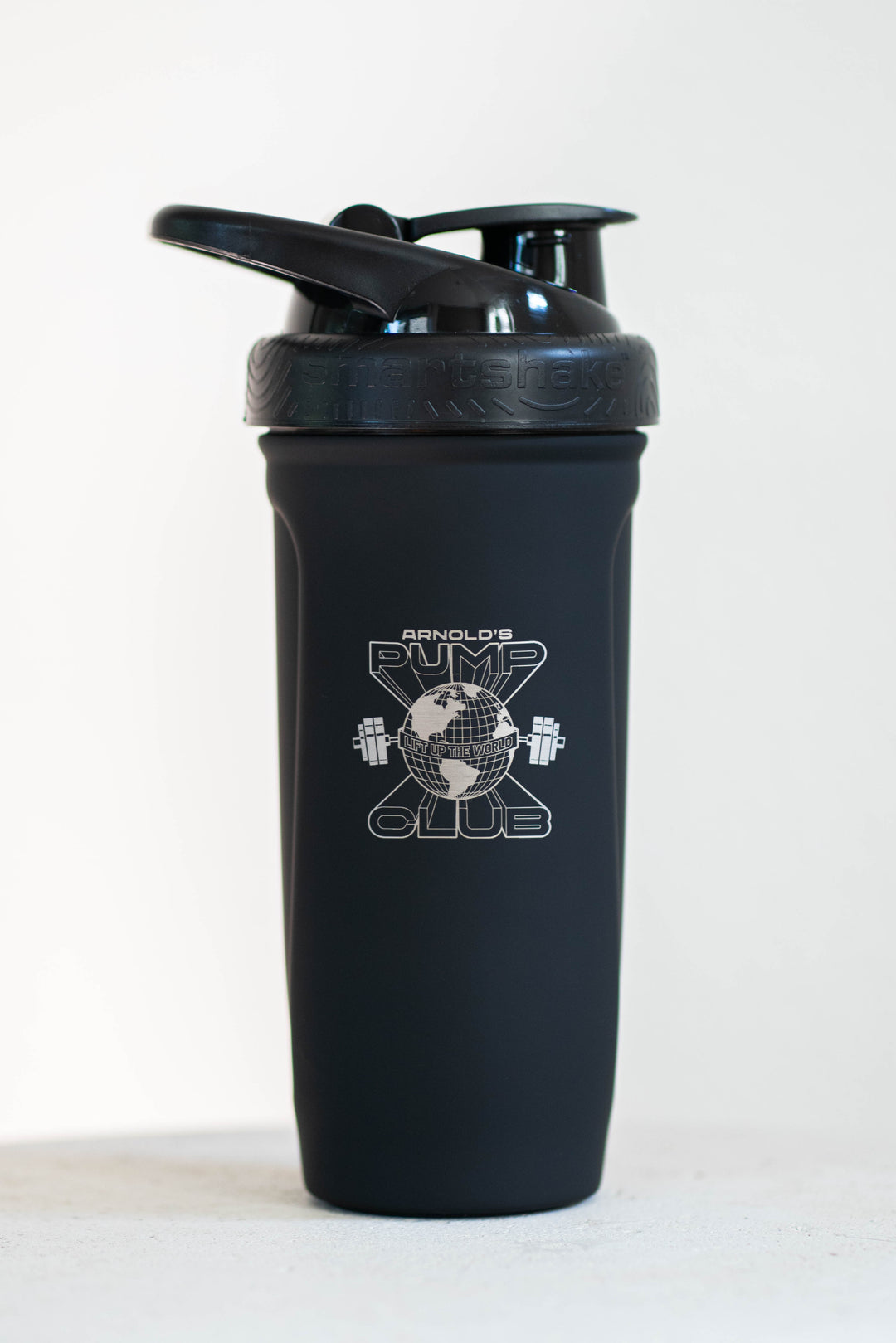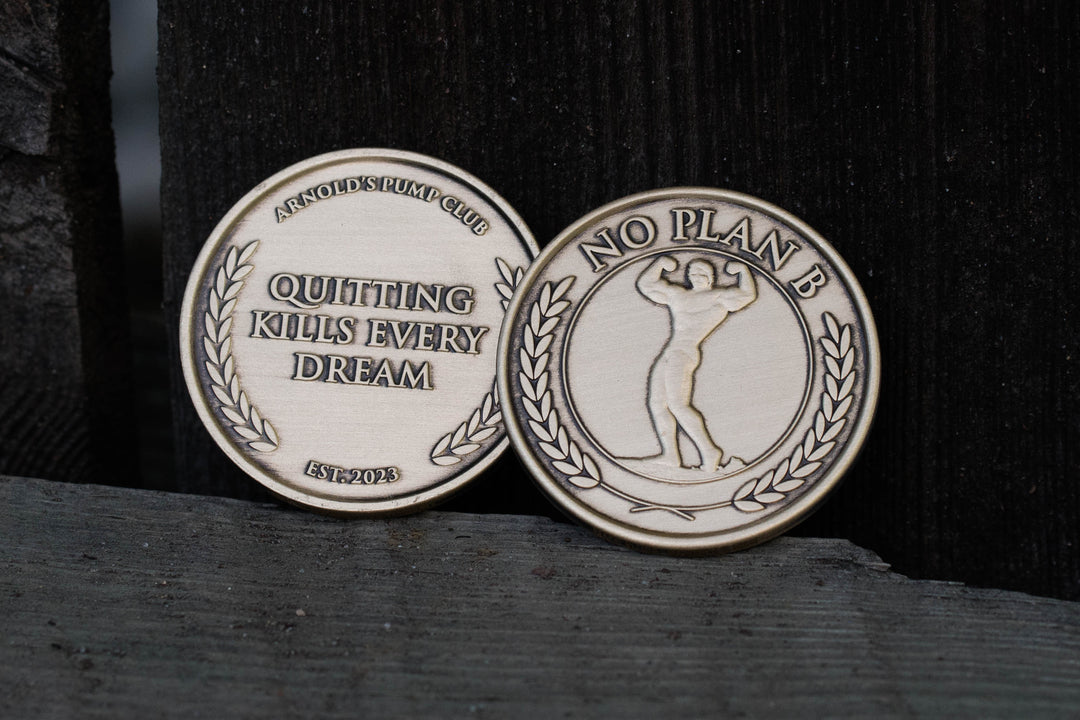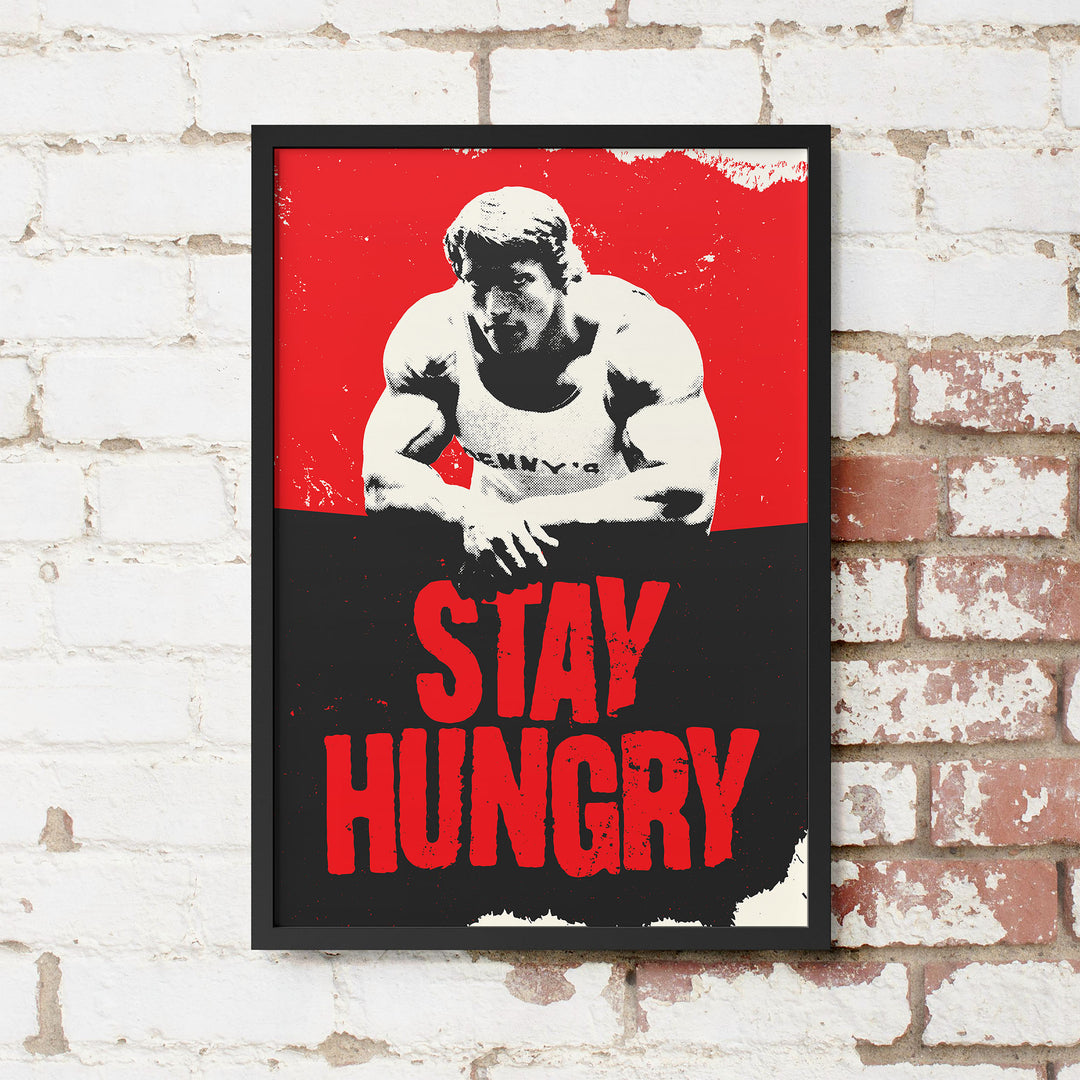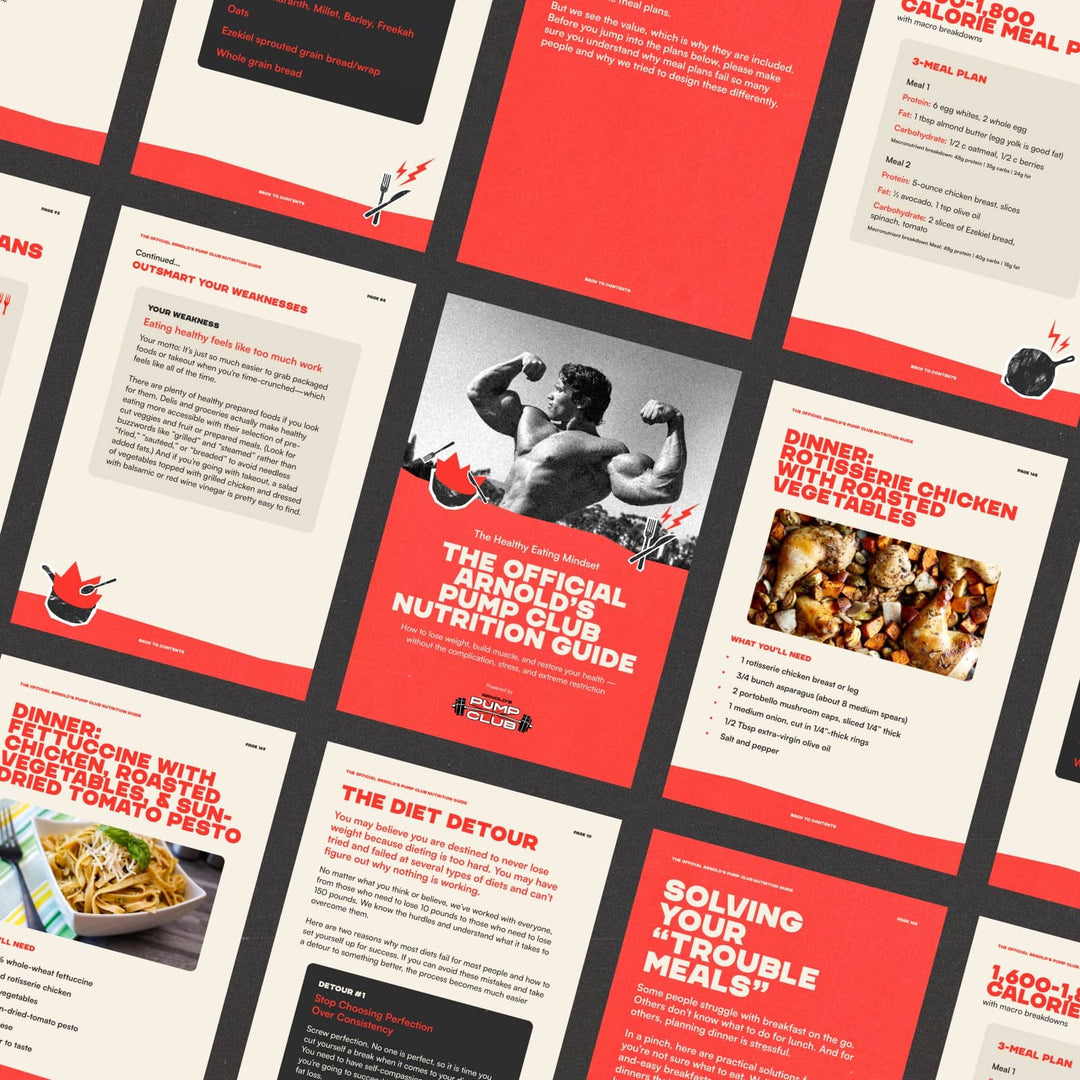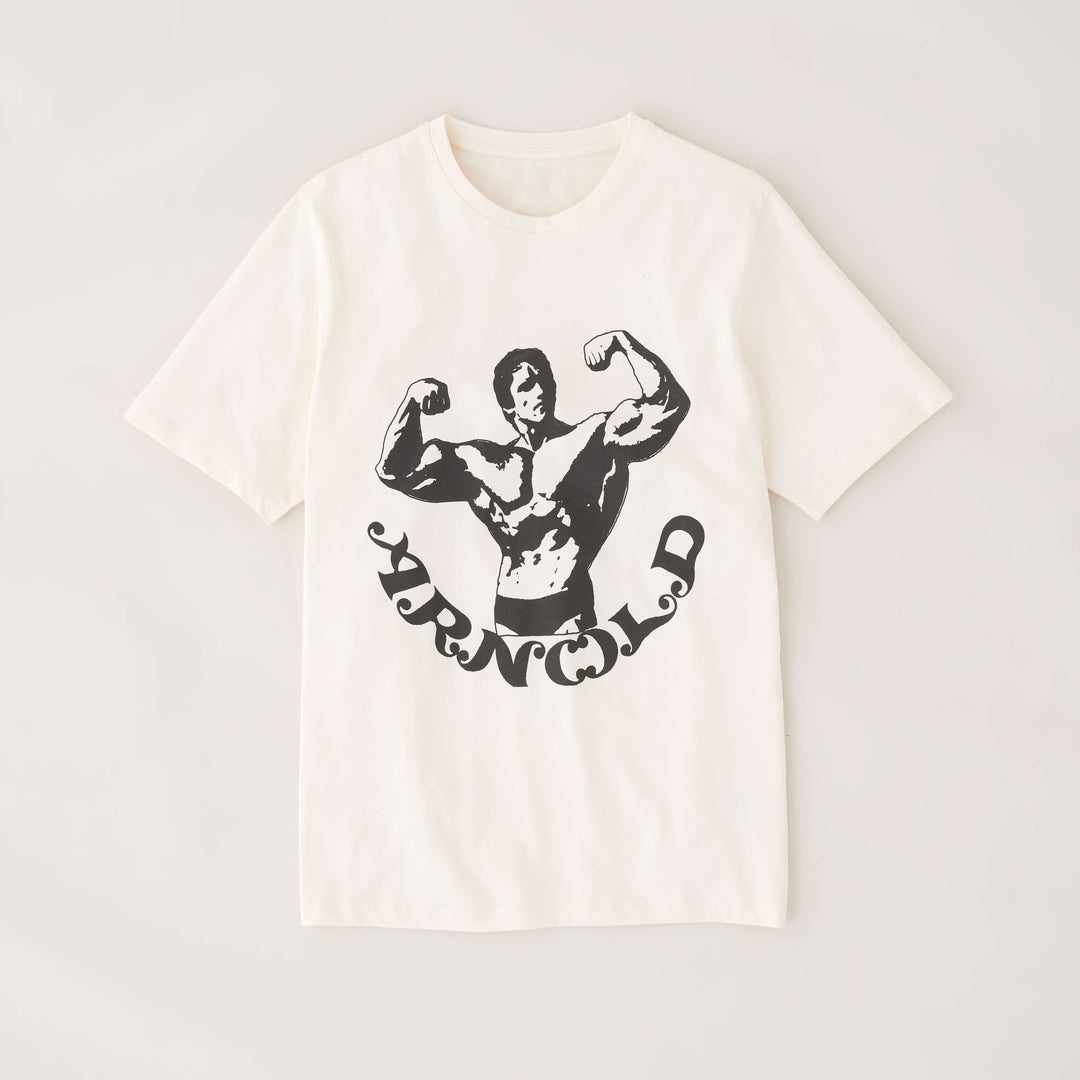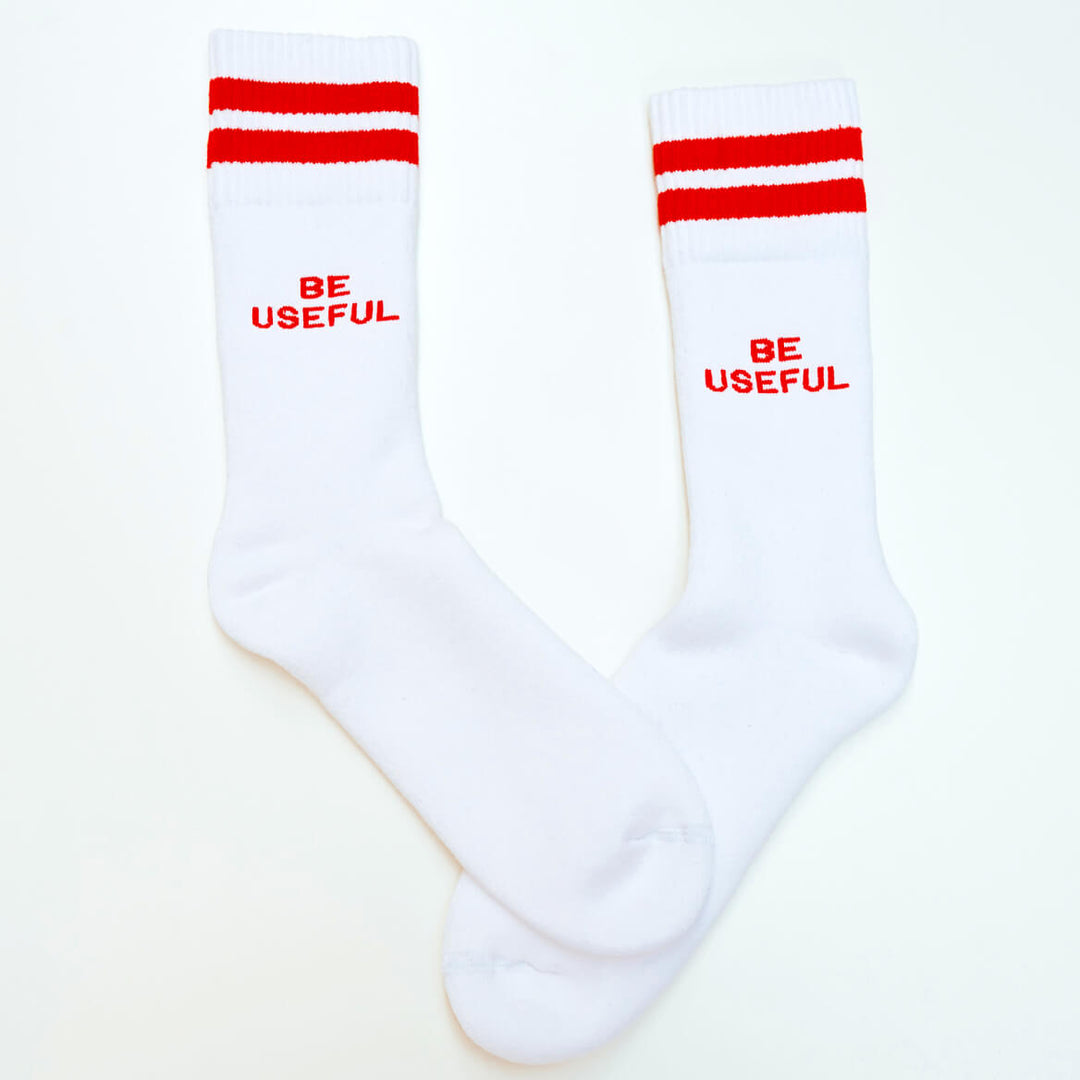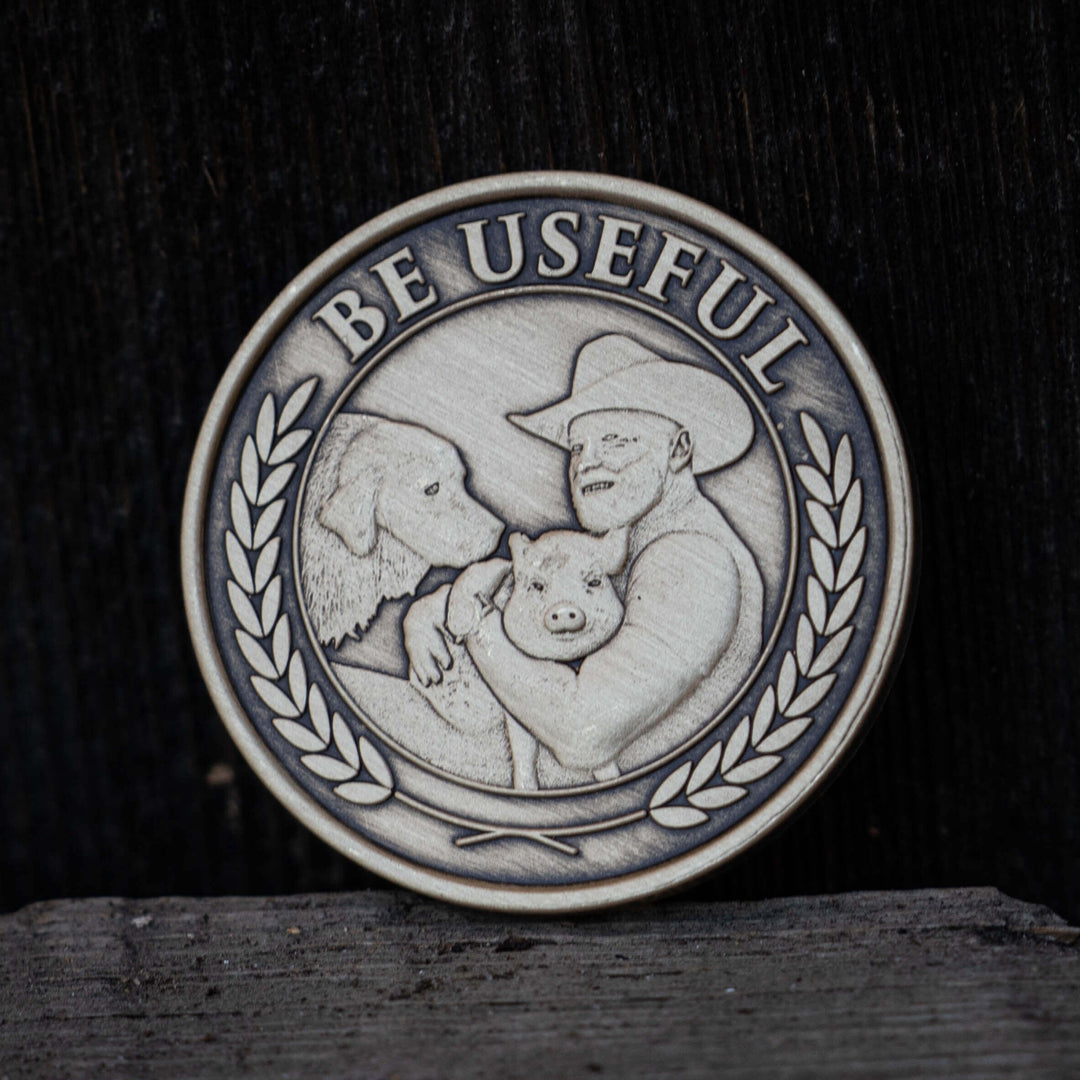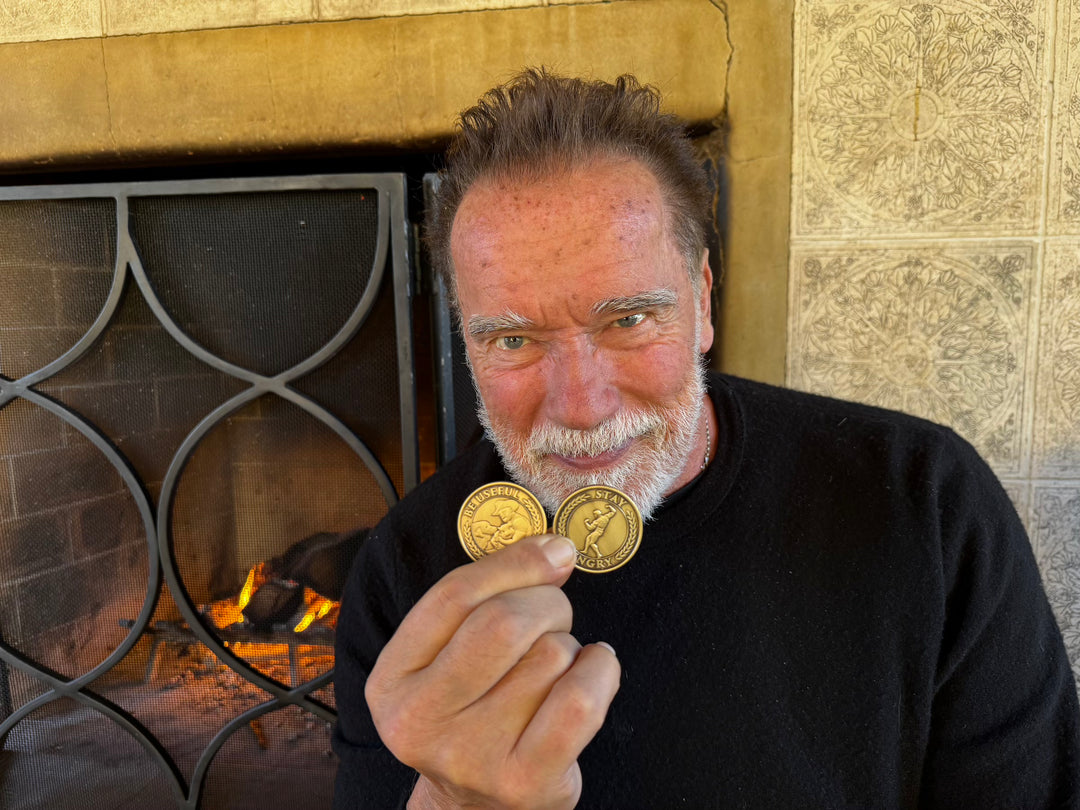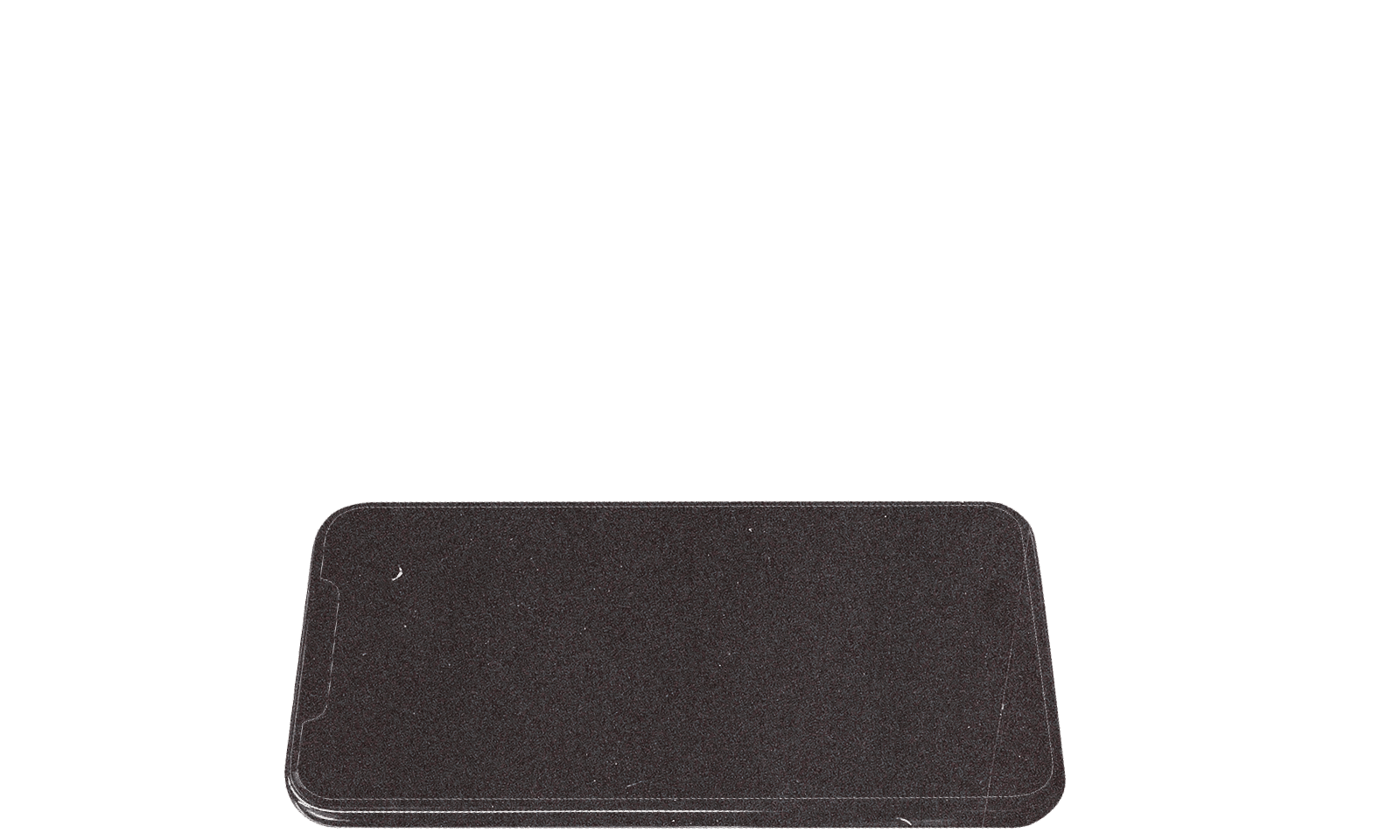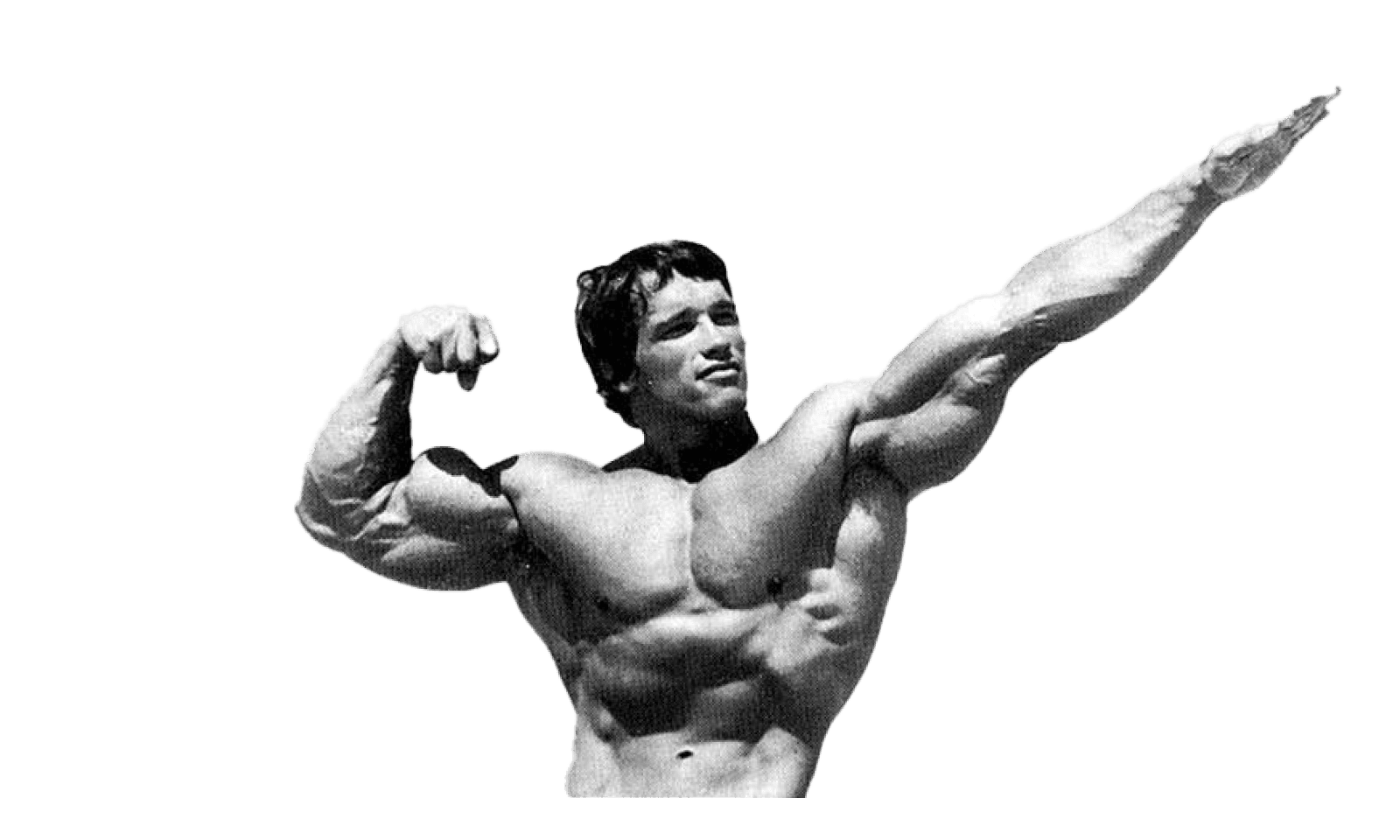Welcome to the positive corner of the internet. Every weekday, we make sense of the confusing world of wellness by analyzing the headlines, simplifying the latest research, and offering quick tips designed to make you healthier in less than 5 minutes. If you were forwarded this message, you can get the free daily email here.
Today’s Health Upgrade
Fat loss breakthrough?
How to age-proof your sleep
A surprising way to refuel
Reader Q&A
Arnold’s Podcast
Want more stories from Arnold? Every day, Arnold’s Pump Club Podcast opens with a story, perspective, and wisdom from Arnold that you won’t find in the newsletter. And, you’ll hear a recap of the day’s items. You can subscribe on Apple, Spotify, Google, or wherever you listen to podcasts.
Training
A Superior Fat Loss Workout
Are you looking to shed fat more effectively? A new study suggests that full-body resistance training might be your best bet.
Prior research has found that any well-designed workout can help you build muscle and burn fat. But, the researchers wanted to explore if one was more effective than another, especially for people who have worked out in the past.
So, scientists had participants with at least three years of consistent exercise follow an eight-week routine. One group focused on a single body part every workout, and the other did a full-body workout. Both groups exercised the same number of days each week and performed the same number of total sets. Diets were monitored to ensure no significant differences.
The group doing the full-body workouts decreased their body fat by 5.7 percent, whereas the split-body training gained 2.1 percent.
Even though both groups completed the same total number of sets per week per body part, the full-body participants did fewer sets per body part per session. That meant they had significantly less soreness and fatigue, allowing them to push harder each workout.
During the 8 weeks, those doing the full-body workouts lifted a little more than 615,000 kg, and those doing the split routine did a little more than 394,000—meaning that the full-body routine resulted in 56 percent more total volume.
And it’s not just that it led to more fatigue from workout to workout. Increased muscle soreness also tends to result in less overall movement outside the gym, which can reduce total calorie burning.
The effectiveness of total-body workouts is why Arnold insisted all members of The Pump app start with “The Foundation,” a full-body routine designed to burn fat, build muscle, and increase overall strength. If you want to test the workouts, you can try the workouts risk-free with a 7-day trial.
Together With Eight Sleep
How To Age-Proof Your Sleep
Have you ever noticed that your sleep isn’t quite the same as it used to be? As you age, your sleep worsens, which is often a primary reason why getting older can be so hard on your body and brain.
Research suggests that with each passing decade, you spend fewer hours sleeping, are more likely to wake up in the evening, and get less deep, quality, and REM sleep.
When sleep is disrupted, it can trigger many of the other troubles associated with aging. For example, aging reduces deep or “slow wave” sleep, which means a key function that keeps your brain young and preserves cognitive processing and memory is disrupted. It’s one reason why your brain starts to fade with time.
On average, research suggests you lose about two to five percent of deep sleep every decade after your 20s. And then, once you hit your sixties, deep sleep can decrease by as much as 50 percent. But sleep loss is not inevitable.
Research suggests two behaviors can help offset the typical sleep decline that occurs when you get older.
To offset the age-related sleep decline, focus on revving up your body temperature with exercise and cooling down when you sleep.
Research suggests that the more you exercise, the more your body compensates by spending extra time in slow-wave sleep.
And, new research suggests that chilling your body during sleep can help you fall asleep more easily and enjoy higher-quality rest throughout the night. In fact, those who slept on a temperature-controlled mattress spent more time in slow-wave sleep, fell asleep quicker, and experienced better overall recovery (as measured by HRV).
If you’re looking to improve your rest, studies found that 60 minutes of vigorous exercise was all that was needed to upgrade slow-wave sleep. Any exercise can work as long as you push the intensity.
For mattresses, one option stands above the rest. Eight Sleep earned our respect because it’s clinically proven to help you fall asleep faster, sleep longer, have fewer sleep disturbances, and have more energy the next day.
As members of the positive corner of the internet, we love getting you deals on the best productions. Use the code “PUMPCLUB” to save up to $350 OFF the new Pod 4 by Eight Sleep, including a risk-free 30-day trial. We are paying customers and, to us, it’s one of the best health investments you can make.
Nutrition
Instant Refuel
You’ve probably been told that protein is best after your workout. But here’s something you won’t hear often—coffee might be part of the perfect post-workout snack.
Research suggests caffeine can help speed up recovery after your most depleting workouts.
An earlier study found that combining caffeine and carbs replenishes muscle glycogen (your muscle’s preferred fuel) 66 percent faster than carbs.
Glycogen is important to exercise performance, but it’s only depleted if you don’t consume many carbs or perform longer workouts (think more than 1.5 hours) or high-intensity exercise for a long duration.
Caffeine appears to offer quicker recovery because it improves blood flow and signals proteins that help transport glucose to your muscles more efficiently.
And if that’s not enough, research also suggests that caffeine can reduce muscle soreness up to 48 hours after your workout.
Just one more reason to pour yourself an extra cup of coffee.
Reader Q&A
Does Protein Cycling Work?
Reader Question: I heard you can eat .7 to .8 grams of protein per pound of bodyweight one week and then increase to 1.5 to 1.75 grams the next week. This is supposed to increase anti-catabolism, and then when you increase the protein, it will create hyper-storage, promoting muscle tissue growth. Is this true?
Some aspects of the human body are complicated, while others are surprisingly simple. Your protein needs are one area where there has been so much research that there’s no need to overcomplicate them.
Studies have shown that you want to eat anywhere from .6 to 1 gram per pound of your goal body weight (1.6 to 2.2 grams per kilogram of protein of your goal body weight).
So, if you want to weigh 200 pounds, aim for 120 to 200 grams of protein daily.
Anyone suggesting otherwise or making you believe that shifting your protein can help you store more protein or build more muscle is simply creating a narrative that sounds cool but has yet to be proven by any research.
Not to mention, while it’s OK if you occasionally eat less protein (don’t overthink it!), your body stores protein and uses those amino acids (the building blocks of protein) for far more than muscle building.
Protein is the foundation of all cells in your body, so it plays an important role in your immune system, the health of your hair, skin, and nails, hormonal and enzymatic reactions, and supports metabolic function. Turning protein into something you eat “just” for muscle oversimplifies its role in your body, so it’s best to view it as a nutrient to include in each meal.
As a rule of thumb, focus on at least 20 grams of protein per meal.
—
Publisher: Arnold Schwarzenegger
Editors-in-chief: Adam Bornstein and Daniel Ketchell


